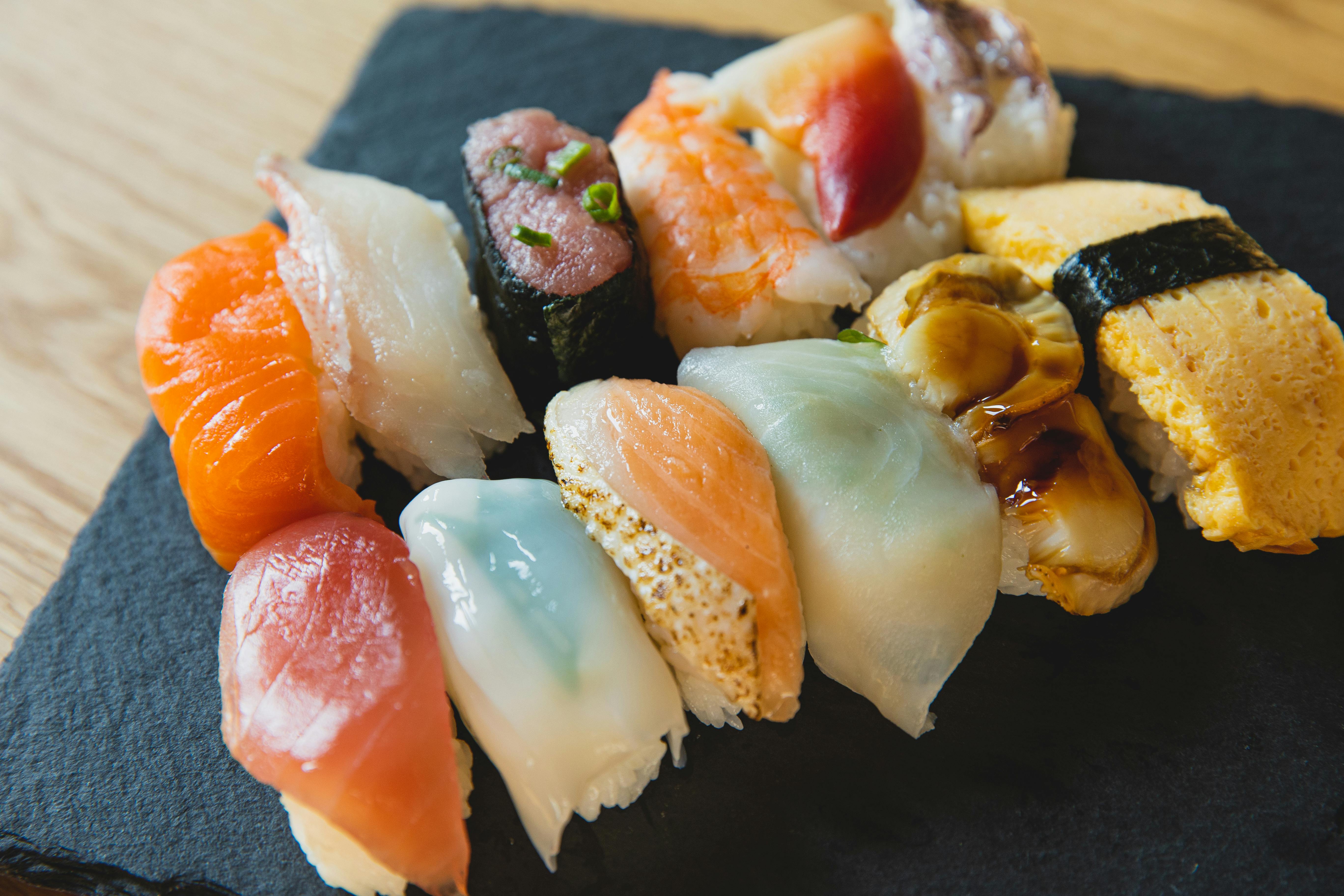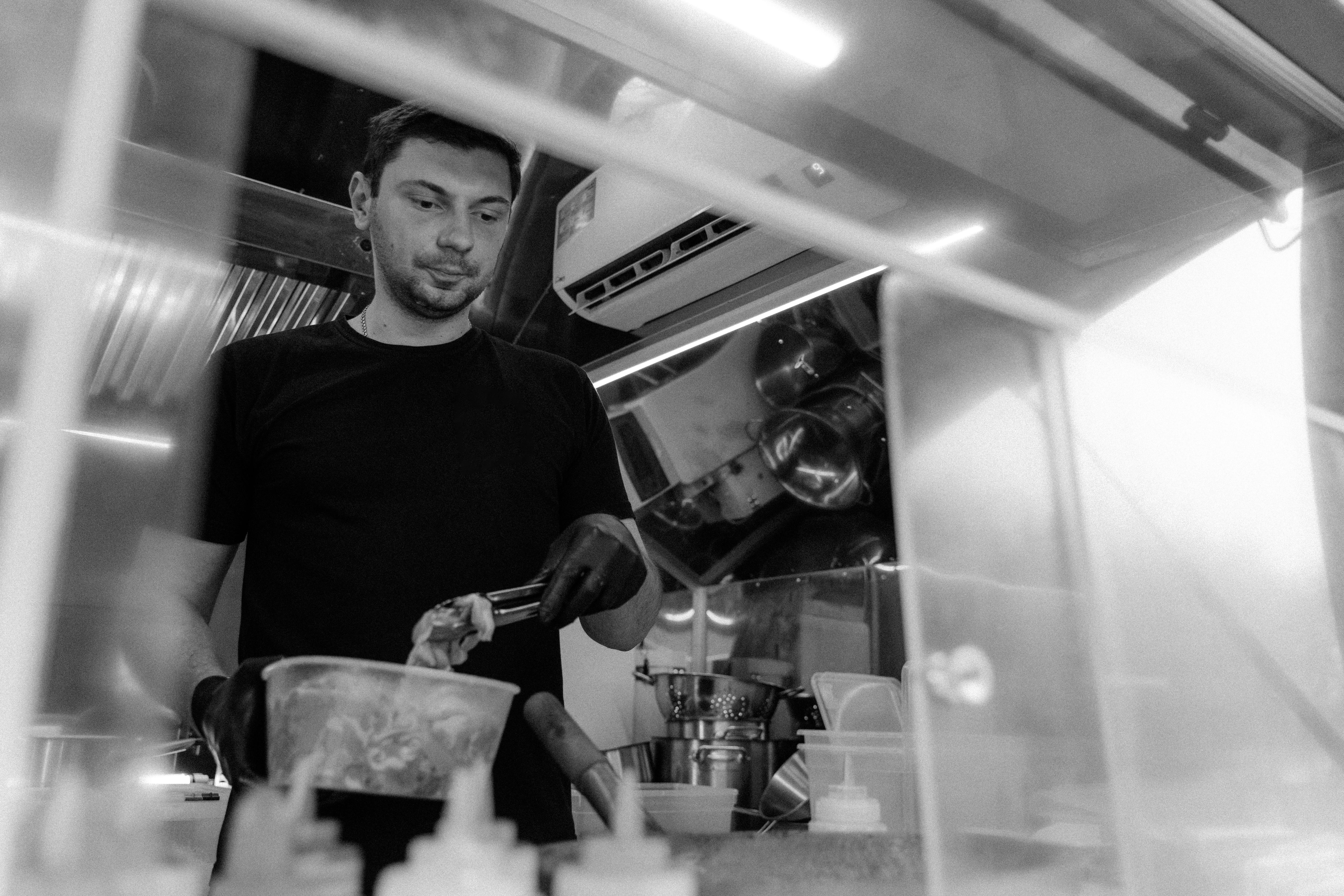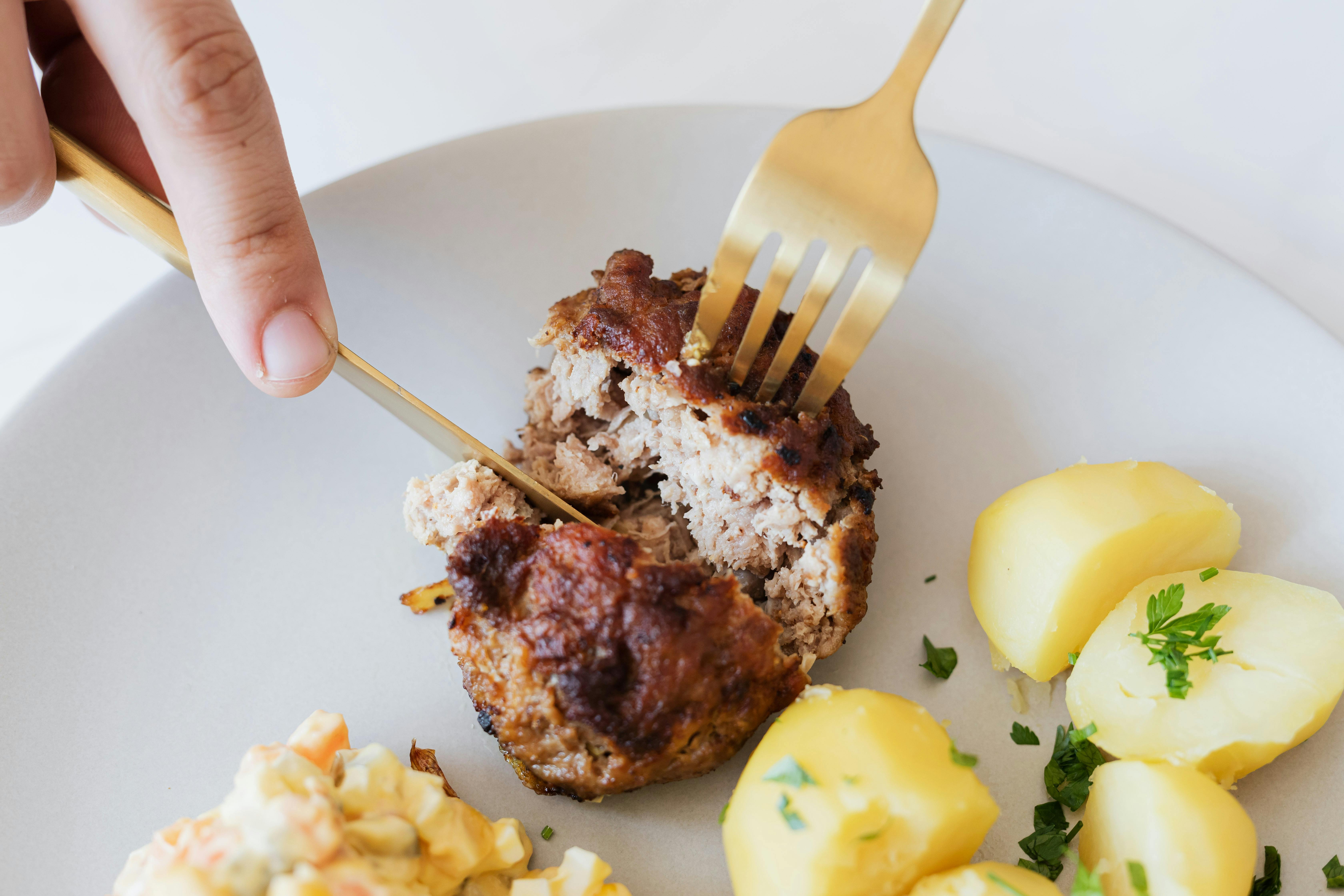
Designing your kitchen for your budget
“How come it costs so much?” That must be one of the questions I hear most often when presenting kitchen cabinet price quotes to homeowners. While it’s true that cabinets can be designed to be low-budget, mid-range, or high-end, there are so many factors involved that it can easily push an intended low-budget project into a higher price range.
The place to start designing kitchen cabinets for a specific budget is with the doors. There are more door options available than most people realize, and each option will affect your overall budget. From the least expensive to the most expensive, door styles are available as follows:
1) Melamine. These are flush doors (without panels or profile details), and they are available in a wide range of colors and patterns, from solid colors to imitation wood, and endless more. Newer “hot fused melamine” doors have a very thin layer of melamine foil applied to a substrate panel style door. They are cheap and not very durable. These should not be used near sources of water or heat, or where frequent washing is required.
2) Wood veneer. These are flush doors made from a thin layer of wood over a substrate material. Birch, maple, oak, and ash are all in the same price range, while any exotic or rarer wood (mahogany, cherry, walnut…) will increase the cost. These are often found in modern style kitchens.
3) Wooden structure with veneered panels. These doors have solid wood frames and flush recessed panels on a veneer substrate. A common style among this type of door is Shaker. The species of wood chosen will affect the price.
4) Plastic laminate. It looks a lot like melamine doors, but higher quality and much more durable. Wide range of patterns and colors available. Laminates have a dark brown core, so depending on the laminate color chosen, you may see dark brown lines at all joints, on each edge of each door, etc.
5) Wooden structure with wooden panels. These have solid wood frames and panels. The panel usually has raised details. These are often found in traditional style kitchens. Again, the choice of wood affects the price.
6) Wooden structure or painted lacquer with panels of other material. These doors have frames made of wood or painted with lacquer and other material used for the panel. The other material can be anything, and it is this other material that will greatly affect the cost. Common panel materials include glass, painted finishes, plastic laminates, metal (perforated, brushed, hammered, etc.), cork, and even wall coverings (such as grass cloth) applied to a substrate.
7) Thermoplastic. These doors are not made by the average cabinetmaker; they are factory. Thermoplastics come in a variety of colors and finishes, but the most common remain glossy white and woodgrain. More durable and more attractive than melamine. About the same price range as wooden doors. Some manufacturers now advertise “thermofused melamine”; be careful because they are not the same.
8) Painted with lacquer. These doors are usually lacquer painted MDF, but it is the lacquer work that adds to the cost because more labor and specialized painting equipment is required. These are not “painted” cabinets. The lacquer is applied as a spray, over a sprayed primer, and there are no brush marks or other irregularities to be seen at all. If you choose a special finish, such as a glazing, the cost goes up a bit more.
9) stainless steel. Typically, these doors are not made by a cabinet shop, but are subcontracted to a metal shop. They are, without a doubt, the most expensive of your door options.
Because the finished sides have to match the doors, the choice of door affects the cabinets themselves. So joinery for lacquered cabinets will be more expensive than for melamine. Finished side panels to match any wood door are veneered; solid wood would not be as dimensionally stable (would warp or bow) and be astronomically priced. Then you have to consider the interiors of your cabinets. White melamine on the inside of the cabinets is standard unless otherwise requested. The cheapest option, if you don’t like the idea of white, is melamine to match the doors. It’s not wise to use a more expensive material inside the cabinets – why spend money on wood veneer or lacquer that is more likely to be damaged by pots or dishes rubbing against surfaces? And why put in a more expensive material that you’d later want to protect with shelf liners, so you’d never see the wood or lacquer anyway?
Countertops are the other important selection that affects price. The truth is that there are really only two price groups for counters. Plastic laminate counters are the budget option, and it’s not a bad choice as they are highly durable and are now available in some amazing textures and patterns, plus they can be dressed up with wood or solid surface edges. All other counter materials tend to be comparable in cost: granite, solid surfaces (Corian, Silestone, etc.), concrete, and stainless steel. Concrete countertops are quite expensive due to the fact that they are still relatively uncommon and therefore a specialty item – you can’t buy them just anywhere. Ceramic tile countertops are the only real mid-priced option. They require a high-quality tile to be used, otherwise chips and cracks will be inevitable. The grout must also be of a high quality and safe for food preparation areas, and it must be sealed. Marble, which tends to be slightly less expensive than granite, should not be used in kitchens, as it is porous and prone to staining.
What people find most surprising is that the finishing touches can also be very expensive. Handles and knobs range in price from around $2 each to over $30 each. Kitchens commonly require around 25 handles, creating a $700 price difference right there. A reasonable amount to plan for is $5 to $8 each. The other “budget buster” is accessories. Built-in spice racks, trash cans, drawer dividers, pull-outs, and the like tend to be quite expensive. However, some of these gadgets are incredibly handy, so try to figure out which one you need and which one appeals to you mainly because they’re really cool add-ons.
There’s one thing you should never skimp on just to save a few bucks, and that’s installation. Imperfect installation of even the best made cabinets will result in doors and drawers that do not close properly or look poorly constructed. A good rule of thumb is that you should have anything custom installed by the specialist who made the item.
Cabinets for an average size kitchen can cost anywhere from around $7,000 to well over $30,000. It’s often said that a home’s kitchen (including appliances, cabinets, flooring, lighting, labor and more) should cost about 15% of the home’s value, so a home’s kitchen $250,000 house should cost about $37,500. this budgeting method. There are a few things to consider with this: the size of the kitchen plays a big role in determining the budget; of course, a larger kitchen will be more expensive to remodel than a small one; a house built in the 1900s will probably cost more to renovate than a house built in the 1970s; your preferences will affect the budget; and this is a figure that was developed as a guide to a certain extent, it is not necessary to follow it. Based on projects handled by Idealspace Design, we’ve seen that cabinets (including countertops, handles, and installation) typically make up around 30% of a total kitchen renovation budget. These figures are to help you develop an idea of the budget range to expect, they vary greatly from project to project.






